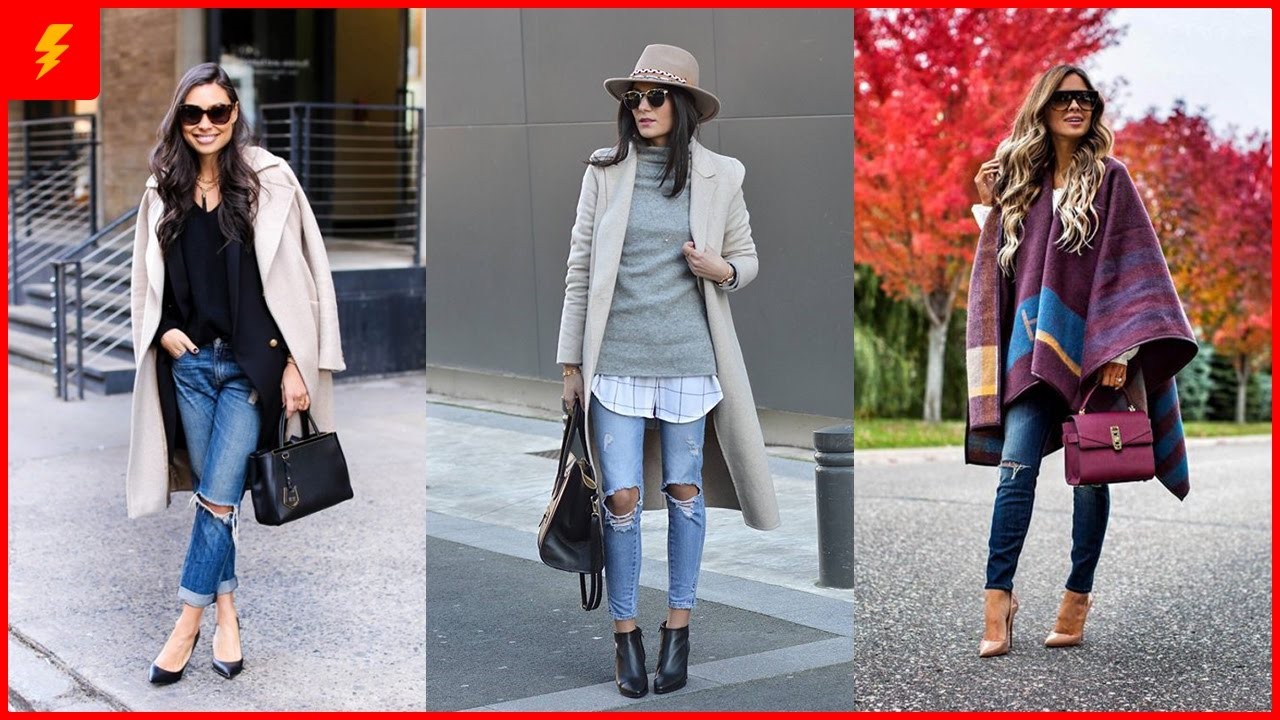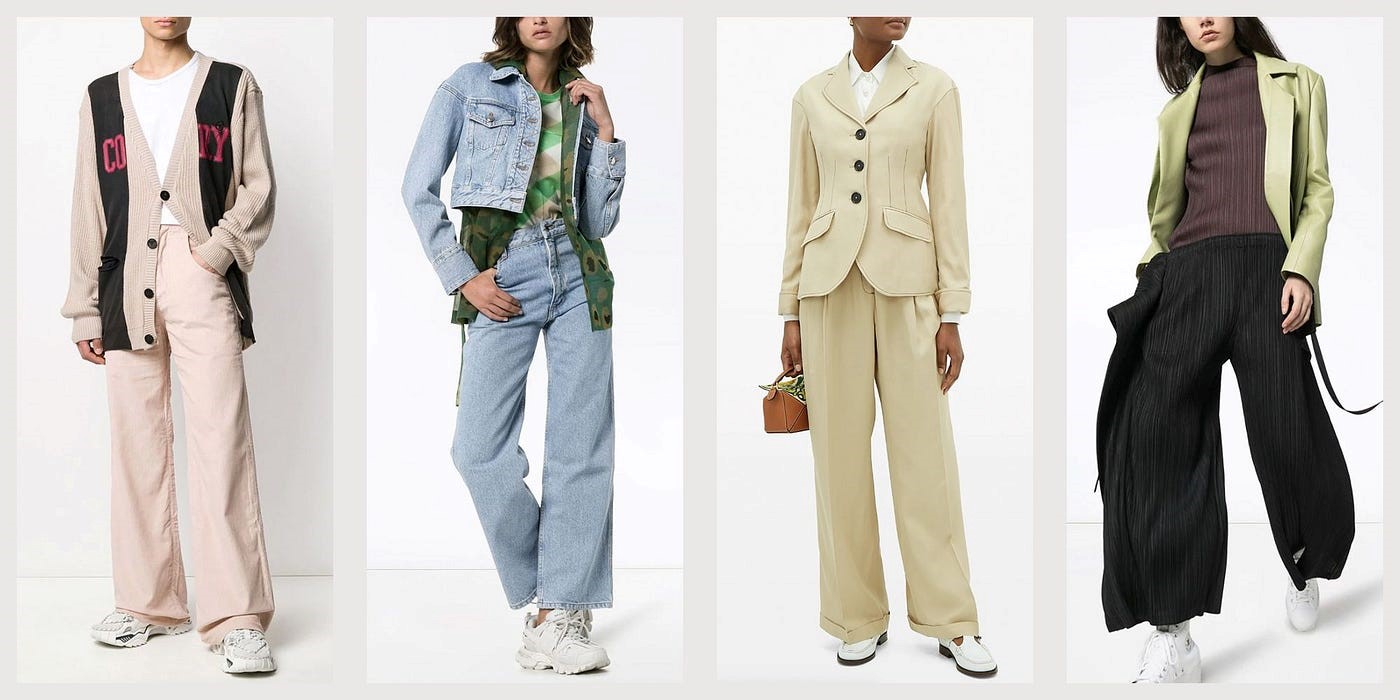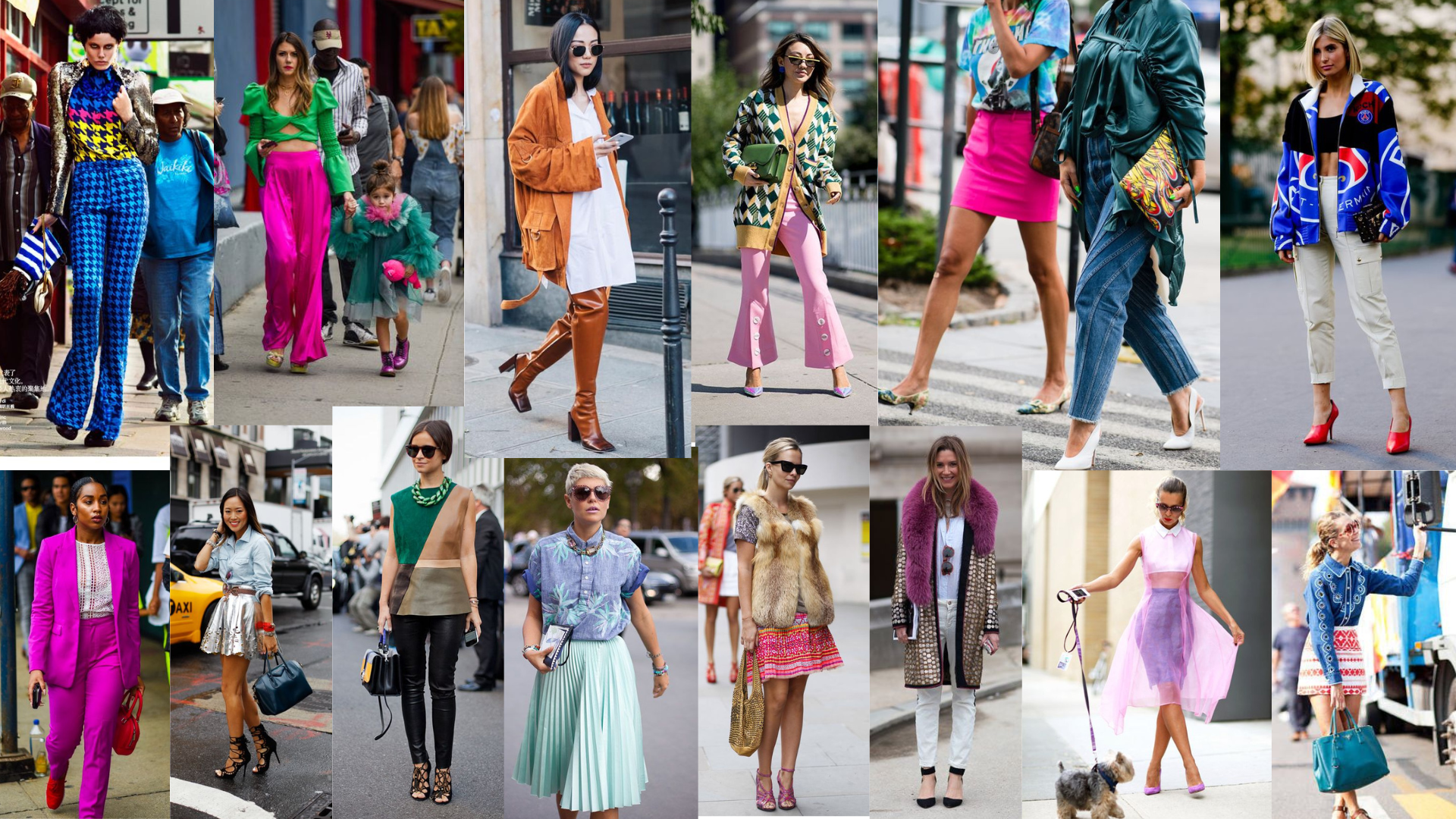Introduction
Layering is one of the most versatile and practical styling techniques that can elevate any outfit, allowing for both style and functionality. Whether you’re aiming to create a chic, street-style look or simply stay warm in colder weather, layering is an essential skill in a fashionista’s toolkit. The ability to layer effectively allows you to add depth, texture, and dimension to your outfit, as well as adapt to fluctuating temperatures throughout the day.
In this guide, we’ll break down the fundamentals of layering, explore the different types of layers, and provide expert tips on how to layer clothing like a pro. From understanding the balance between different fabrics to knowing which accessories to incorporate, we’ll cover everything you need to know to layer effectively and stylishly.
- The Basics of Layering
Layering refers to the practice of wearing multiple clothing pieces over one another, typically for warmth, style, or functionality. The art of layering isn’t just about piling on clothes—it’s about creating a cohesive and stylish look that adds dimension and texture while ensuring you remain comfortable.
Effective layering involves using different types of fabrics and styles in a balanced way to achieve a well-structured outfit. When done correctly, layering can enhance your figure, add visual interest, and make an outfit look intentionally styled, rather than bulky or mismatched.
- The Layering Rule of Three
The most commonly followed rule of layering is the “three layers rule.” This means that an outfit should generally consist of three key layers:
- Base Layer (Foundation Layer): The base layer is the foundation of your outfit, and it sits closest to your skin. It’s designed for comfort, breathability, and moisture-wicking. Common base layers include t-shirts, tank tops, or thin long-sleeve shirts. In colder weather, the base layer can be thermal or moisture-wicking fabrics that keep you warm while also being breathable.
- Middle Layer (Insulation Layer): The middle layer is where you add warmth and structure. This layer is meant to insulate your body, keeping you warm in cooler temperatures. Examples of middle layers include sweaters, cardigans, hoodies, or fleece jackets. This is where you can play with different textures and colors to add visual interest.
- Outer Layer (Protective Layer): The outer layer is typically the layer that protects you from the elements. This could be a jacket, coat, trench, or parka. The outer layer can be an essential part of your style statement while also being functional. Look for outer layers that are both weather-resistant and stylish to tie your entire look together.
While the rule of three is a great starting point, it’s important to remember that the number of layers you wear can vary based on the season, the weather, and your style preferences.
- Layering for Different Seasons
The key to mastering layering is knowing how to adapt your technique to different seasons. The layers you choose and the materials you use should be suitable for the weather conditions you’re dressing for.
Layering in Fall and Winter
In cooler months, layering is essential for warmth. The challenge is balancing warmth with style, so you don’t look bulky.
- Base Layer: In fall and winter, opt for thermal or merino wool base layers that provide extra insulation while keeping moisture at bay. You can also layer a fitted long-sleeve shirt or turtleneck under a sweater.
- Middle Layer: A chunky sweater, knitted turtleneck, or fleece jacket works as an effective middle layer for warmth. If you’re in need of extra insulation, consider using a down vest or quilted jacket under your outer layer.
- Outer Layer: Your outer layer is key for protection against the elements. Think coats, parkas, puffer jackets, or long wool coats. You can also opt for a stylish trench coat if you want something lighter but still effective.
Layering in Spring and Summer
Layering isn’t just for colder months—it can also be applied in spring and summer for style and light warmth during breezy evenings or unpredictable weather.
- Base Layer: In the warmer months, you can opt for lightweight cotton shirts, tank tops, or blouses as your base layer. Choose breathable fabrics that allow for airflow to keep you cool.
- Middle Layer: A lightweight cardigan, denim jacket, or a thin blazer is a great middle layer to have on hand. This layer adds dimension to your look without making you feel overly warm.
- Outer Layer: In spring and summer, the outer layer should be more breathable. Look for a light trench coat, kimono-style jacket, or a stylish bomber jacket that adds an edge to your outfit without overheating you.
- Balancing Different Fabrics
One of the most important aspects of layering is choosing the right fabrics. Each layer has its own function, and the materials you choose can make a big difference in the overall look and feel of your outfit. Here’s a quick breakdown of common fabrics used for layering:
- Base Layer Fabrics:
- Cotton: Soft and breathable, perfect for light layering.
- Merino Wool: Naturally moisture-wicking and insulating, ideal for cooler weather.
- Silk: Lightweight and breathable, often used for luxury base layers.
- Performance Fabrics: Synthetic fabrics designed for moisture-wicking and temperature regulation.
- Middle Layer Fabrics:
- Wool: Offers warmth and insulation without too much bulk.
- Fleece: A soft, insulating material that provides comfort and warmth.
- Cashmere: Luxurious and warm, great for creating a polished look.
- Down/Quilted Fabrics: Provides lightweight warmth, perfect for puffer jackets or vests.
- Outer Layer Fabrics:
- Denim: Durable and versatile for jackets, blazers, or coats.
- Leather: Adds edge and texture to your look while providing warmth.
- Wool: Classic outerwear fabric for coats and trench coats.
- Waterproof Fabrics: Perfect for outer layers like raincoats and parkas.
When layering, it’s important to balance heavy fabrics with lighter ones to avoid feeling weighed down. For instance, pair a lightweight cotton shirt with a chunky knit sweater and a sturdy denim jacket for a stylish and balanced look.
- Tips for Layering Like a Pro
Now that you understand the basics, here are some expert tips to elevate your layering skills:
- Mix and Match Textures
Incorporate a variety of textures to create depth and visual interest. For example, layer a soft cotton t-shirt under a rugged leather jacket and pair it with a chunky knit scarf. The contrast in textures can make your outfit feel intentional and stylish.
- Keep Proportions in Mind
Balance is key when layering. If you’re wearing a long, flowy outer layer, balance it out with a fitted base and middle layer. Conversely, if you’re going for a more structured look, keep the outer layer streamlined to avoid looking too bulky.
- Experiment with Color
While layering is often associated with neutral tones, don’t be afraid to play with colors. Layering a colorful base layer with a more neutral middle and outer layer can add a pop of color without overwhelming the outfit.
- Play with Patterns
Mixing patterns can add complexity and personality to your look. For example, you can wear a striped shirt under a plaid blazer, but make sure to keep the color palette complementary to avoid clashing.
- Don’t Forget Accessories
Accessories like scarves, hats, and jewelry can act as an extra layer that enhances your outfit. A statement scarf or a sleek belt can break up a monochromatic look and add extra detail to your layered ensemble.
- Be Mindful of the Weather
Layering is not just about style; it’s about functionality. Always check the weather forecast before deciding on your layers. In very cold weather, prioritize warmth with thicker fabrics and down-filled layers, while in spring or summer, focus on lightweight, breathable fabrics.
- Layering for Different Body Types
Layering is a great way to enhance your body shape, but it’s important to be mindful of how different layers can affect your silhouette. Here are some tips for layering based on your body type:
- For Pear-Shaped Bodies: Focus on drawing attention to the upper body. Opt for light-colored tops and thicker fabrics for the top layer, such as blazers or coats. Pair with dark-colored, slimmer pants to balance your proportions.
- For Hourglass Bodies: Highlight your waist by adding layers that cinch at the waist, like a belted trench coat or a tailored jacket. Avoid bulky middle layers that hide your shape and instead, go for lightweight knits or sweaters that show off your curves.
- For Apple-Shaped Bodies: Focus on elongating your figure with layers that create vertical lines. Opt for long, structured coats and jackets that fall below the hips, and avoid adding too many layers around the waistline.
- For Rectangular Bodies: Create curves with layered pieces that add volume. Look for oversized tops or jackets with structured shoulders, and pair them with tapered pants or skirts to create the illusion of curves.
- Layering Mistakes to Avoid
While layering can be a powerful styling tool, there are a few common mistakes to watch out for:
- Overloading Layers: Wearing too many layers can create a bulky and unflattering look. Stick to three to five layers maximum for a balanced and stylish appearance.
- Mismatch of Fabrics: Be mindful of how different fabrics work together. For instance, pairing a stiff outer layer with a soft, fluid base layer can make your outfit look disjointed.
- Ignoring Proportions: Pay attention to the length and fit of each layer. A long coat paired with an oversized sweater and baggy pants can overwhelm your frame if not balanced properly.
- Neglecting the Weather: Layering for style is great, but always prioritize comfort and function. Don’t sacrifice warmth for fashion, especially in extreme weather.













